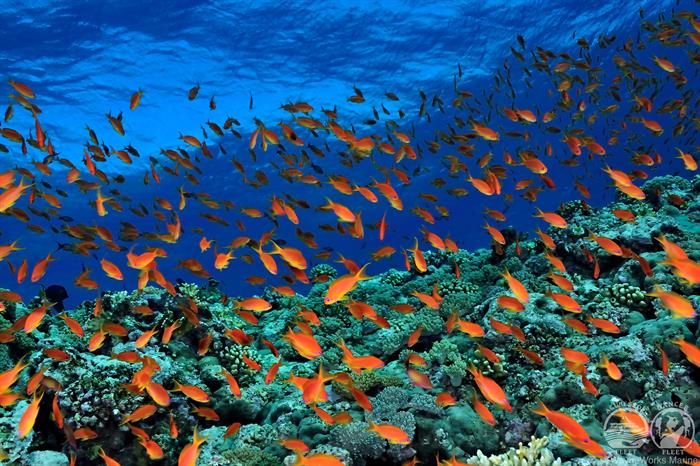What does it cost?
The cost of diving in Mexico can vary depending on the location, type of dive, and dive operator. Here are some estimated costs of diving in Mexico:
- Cozumel: Cozumel is one of Mexico's most popular dive destinations, known for its clear waters and vibrant coral reefs. A two-tank dive excursion in Cozumel can cost anywhere from $80 to $120 USD per person.
- Cancun: Cancun is another popular dive destination in Mexico, offering both shallow reef dives and deeper wreck dives. A two-tank dive excursion in Cancun can cost between $100 to $150 USD per person.
- Cabo San Lucas: Cabo San Lucas is known for its unique underwater rock formations and diverse marine life, including sea lions and manta rays. A two-tank dive excursion in Cabo San Lucas can cost between $120 to $200 USD per person.
- Riviera Maya: The Riviera Maya, which includes popular dive sites like Tulum and Playa del Carmen, offers a variety of dive experiences, from shallow reef dives to deeper cave dives. A two-tank dive excursion in the Riviera Maya can cost between $80 to $150 USD per person.
It's important to note that these are rough estimates and the actual cost of diving in Mexico can vary based on various factors, such as the level of certification required, equipment rental, and transportation to and from the dive site. It's recommended to research and compare different dive operators to find one that fits your budget and preferences.
